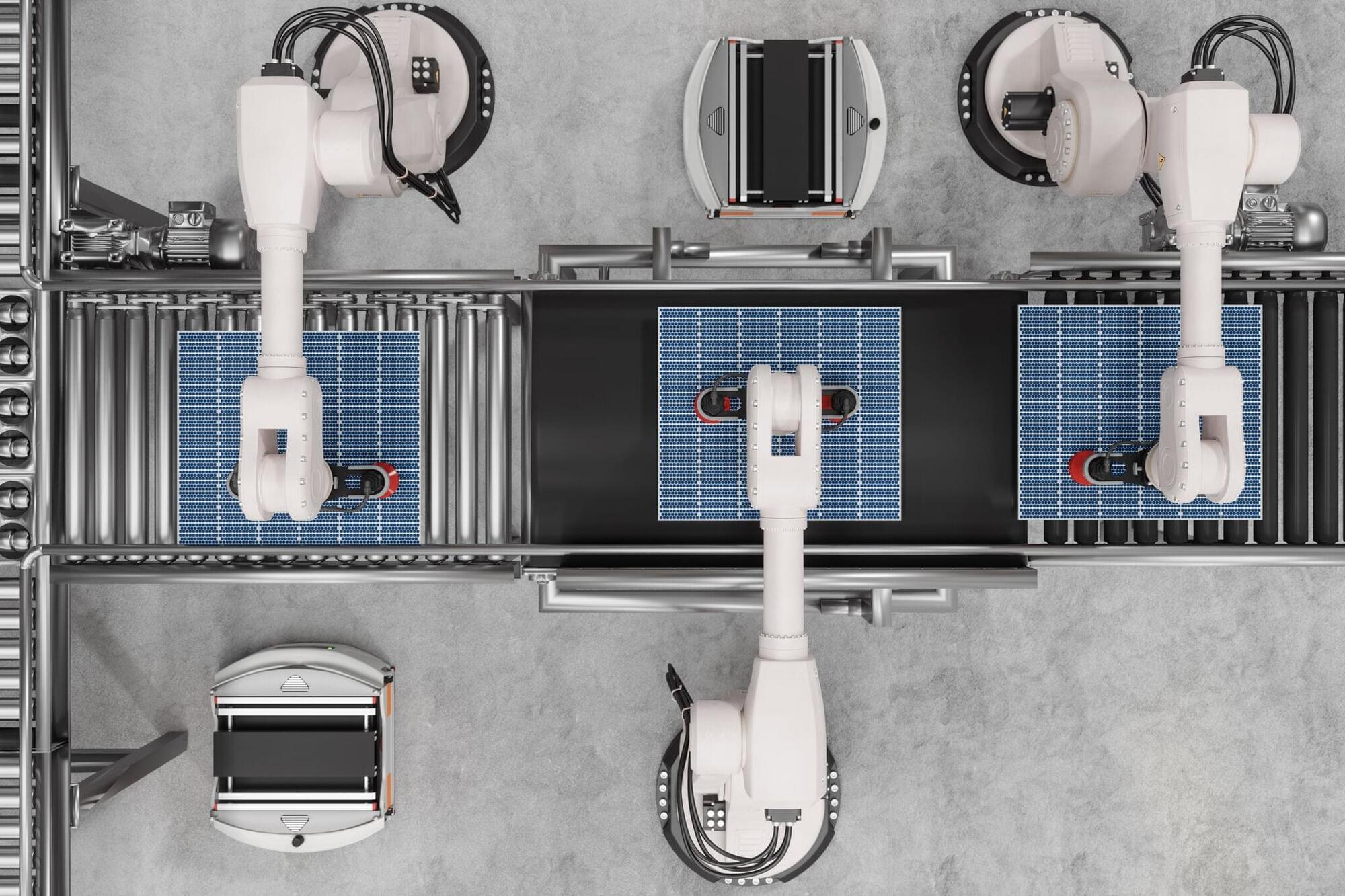UC Berkeley engineers built the smallest untethered UAV ever at just 9.4 mm across by utilizing magnetic fields as a power source.



A trio of US researchers claim to have successfully tested predictions that it’s possible to harvest clean energy from the natural rhythms and processes of our planet, generating electricity as Earth rotates through its own magnetic field.
Though the voltage they produced was tiny, the possibility could give rise to a new way to generate electricity from our planet’s dynamics, alongside tidal, solar, wind, and geothermal power production.
In 2016, Princeton astrophysicist Christopher Chyba and JPL planetary scientist Kevin Hand challenged their own proof that such a feat ought to be impossible. The researchers have now uncovered empirical evidence that their proof-breaking idea may actually work, as long as the shape and properties of the conducting material in their method are set to very specific requirements.
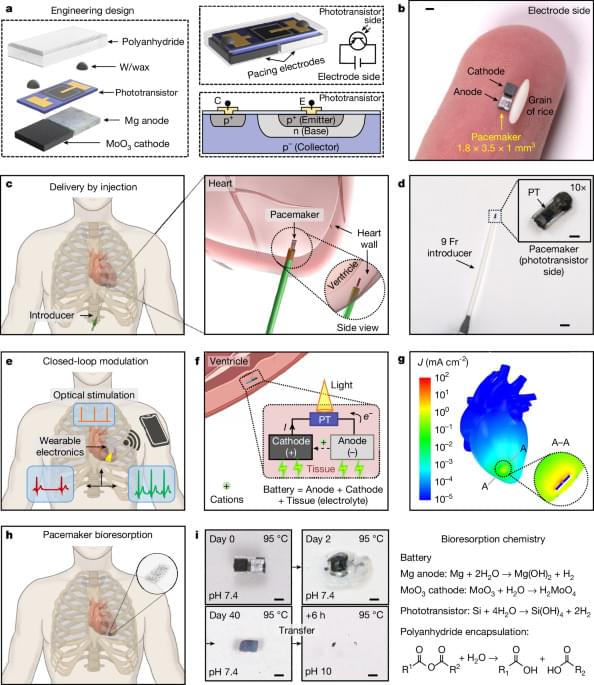
The word “abated” is the focus of much debate in the context of carbon dioxide emissions. World leaders have this year been underlining their commitment to phase out the use of unabated fossil fuels: that is, where emissions from their combustion are not mitigated through offsets or carbon capture technologies.
The final text of the COP28 statement called for “abatement, and removal technologies, such as carbon capture and utilisation and storage, particularly in hard-to-abate sectors.” Meanwhile the G7 group of nations last year called for “a global effort to accelerate the phase-out of unabated fossil fuels to achieve net zero in energy systems by 2050.” Such commitments are important in the race to decarbonize traditional energy sources, but they raise an important question: How exactly should we define “abated” emissions?
Currently, there is no widespread agreement on the answer, specifically on how much carbon dioxide should be removed for emissions to be classed as “abated”. Some scientists argue this lack of definition risks hampering decarbonization efforts. “The term ‘unabated’, if left unchecked and poorly defined, could leave the interpretation of the commitment wide open,” said a 2023 working paper by a group of scientists at Columbia University cited by Reuters.
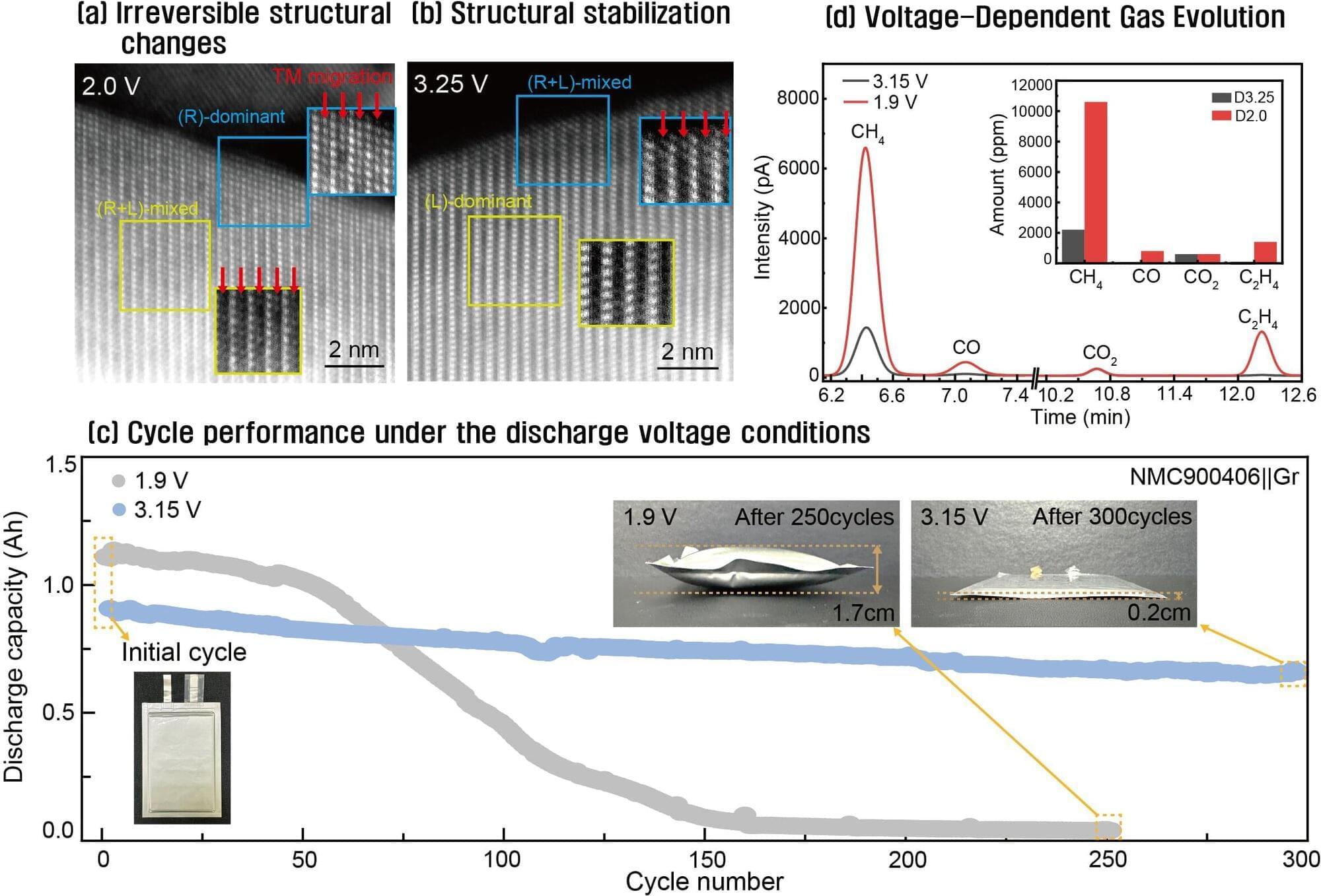
A research team has identified a previously unknown degradation mechanism that occurs during the use of lithium-ion batteries. Their findings are published in Advanced Energy Materials.
The team includes researcher Seungyun Jeon and Dr. Gukhyun Lim, led by Professor Jihyun Hong from the Department of Battery Engineering at POSTECH (Pohang University of Science and Technology), in collaboration with Professor Jongsoon Kim’s group at Sungkyunkwan University.
Lithium-ion batteries, which are essential for electric vehicles, typically use nickel-manganese-cobalt (NMC) ternary cathodes. To reduce costs, recent industry trends have favored increasing the nickel content while minimizing the use of expensive cobalt. However, higher nickel content tends to shorten the overall cycle life of the battery.
I stormed a castle in Burbank that is home to the Terraformer — a machine that uses air, water, and sunlight to produce all the fuel we’d ever need. It’s cheap and can be run in almost any condition, anywhere in the world. The only problem? It’s wildly inefficient – but for the first time in history, solar power is so cheap that it no longer matters.
Plus, we get to see the misuse of a cake mixer to further the cause of science! Leave a comment to let us know if this is your favorite misuse of a cake mixer.
Timestamps:
0:00 — Welcome to Hard Reset.
1:16 — Meet Casey Handmer.
3:06 — A cheaper kind of fuel.
6:13 — Casey’s plan.
7:08 — The terraformer.
8:27 — The carbon capture system.
10:50 — The power of methane.
12:16 — An inefficient process.
13:50 — Terraform Industries’ next step.

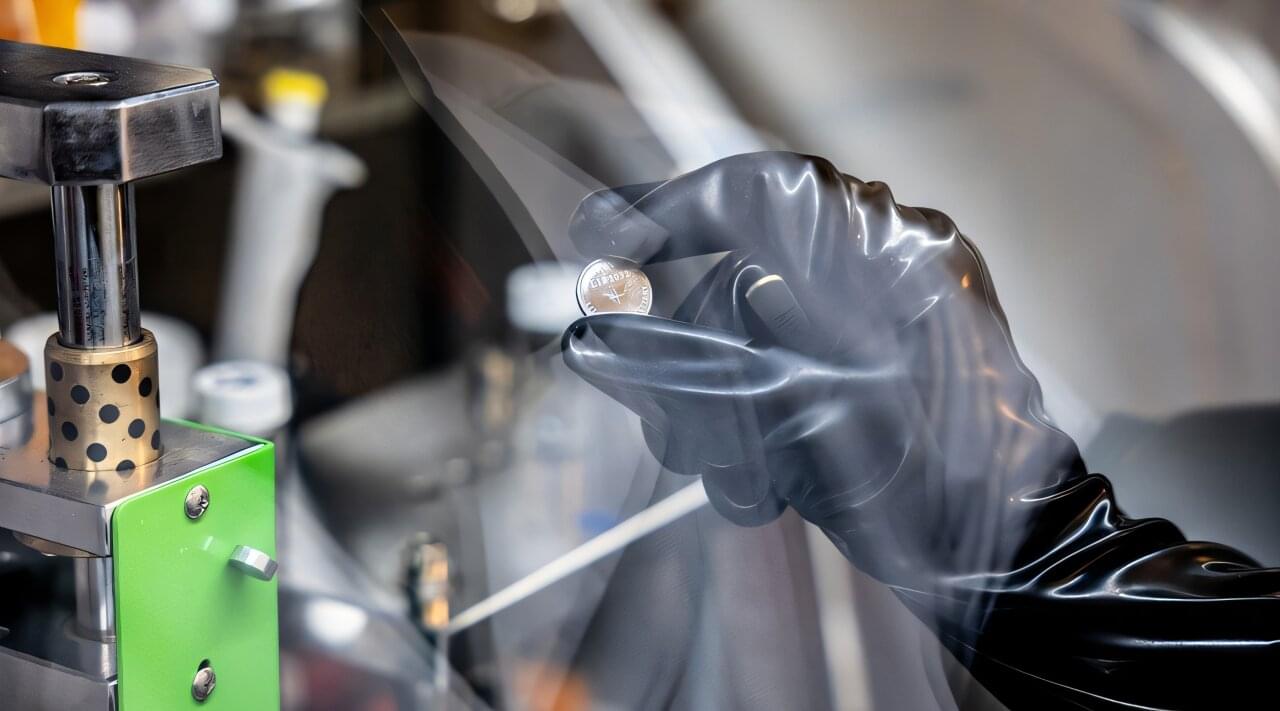
Chibueze Amanchukwu wants to fix batteries that haven’t been built yet. Demand for batteries is on the rise for EVs and the grid-level energy storage needed to transition Earth off fossil fuels. But more batteries will mean more of a dangerous suite of materials used to build them: PFAS, also known as “forever chemicals.”
“To address our needs as a society for electric vehicles and energy storage, we are coming up with more environmental challenges,” said Amanchukwu, Neubauer Family Assistant Professor of Molecular Engineering in the UChicago Pritzker School of Molecular Engineering (UChicago PME). “You can see the dilemma.”
PFAS are a family of thousands of chemicals found in batteries but also everything from fast food wrappers and shampoo to firefighting foam and yoga pants. They keep scrambled eggs from sticking to pans and rain from soaking into jackets and paint, but the same water resistance that makes them useful also make them difficult to remove when they get into the water supply. This earned them the nickname “forever chemicals.”
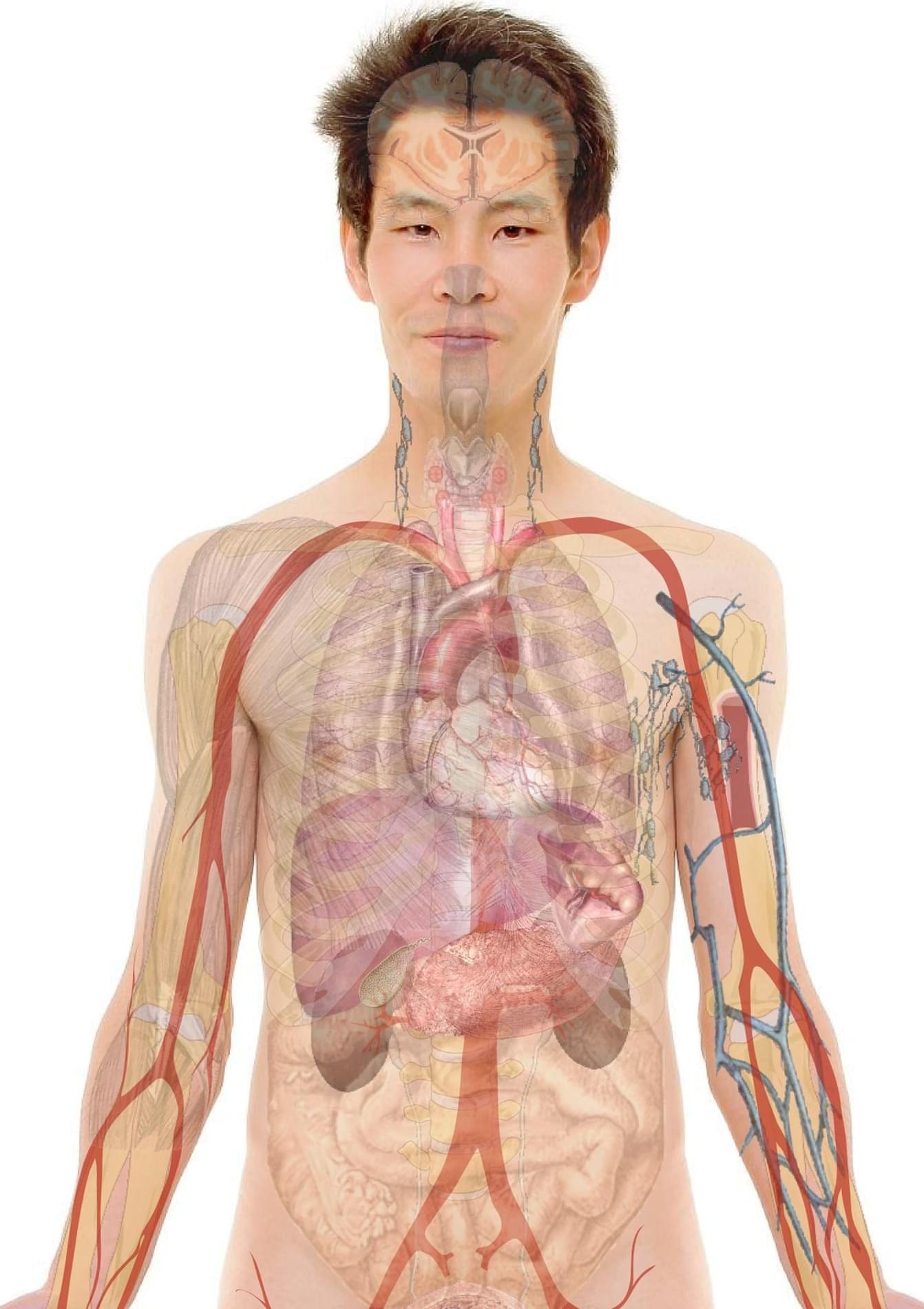
The body’s cells respond to stress—toxins, mutations, starvation or other assaults—by pausing normal functions to focus on conserving energy, repairing damaged components and boosting defenses.
If the stress is manageable, cells resume normal activity; if not, they self-destruct.
Scientists have believed for decades this response happens as a linear chain of events: sensors in the cell “sound an alarm” and modify a key protein, which then changes a second protein that slows or shuts down the cell’s normal function.
